Mantua
If Romeo and Juliet were staged in Mantua...
Romeo and Juliet is set in Verona, as everybody knows. But what if it were set in Mantua (Mantova)? They are connected already: it is to Mantua that Romeo is banished for killing Tybalt.
It turns on the manner of Tybalt's death: Romeo is guilty of his murder. Tybalt correctly follows the Code Duello and Romeo does not, acting rashly. This resembles the murder of the young Scotsman James Crichton (who followed the Code) by Prince Vincenzo Gonzaga of Mantua (who did not) in 1582. Shakespeare knew of this story.
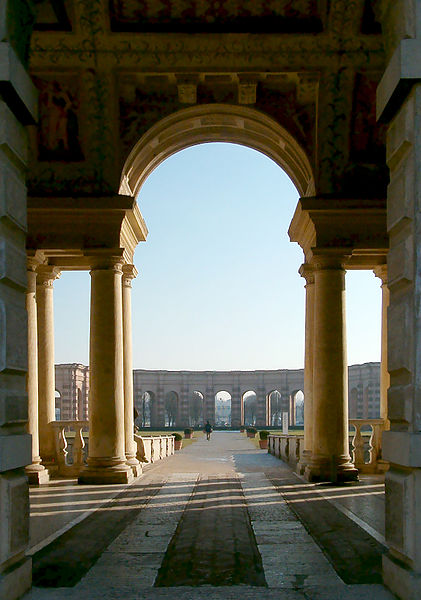
This is the stylish Palazzo Te Mantova, commissioned by Vincenzo's grandfather, and designed by Giulio Romano. It was built 1524-1534 and sacked in 1640.
Back to Shakespeare... After Tybalt's murder, the Prince wants to know what happened. This is a matter of some dispute. Shakespeare’s text does not explain how Mercutio’s earlier stabbing is to be staged and how to interpret it, but we know that everyone involved is very surprised to hear that Mercutio is dying. No one blames Tybalt. It is only later, with Benvolio’s lying explanation to the Prince, that we are asked to believe it was all Tybalt’s fault. A dead man can tell no tales. At the time, Benvolio did not even see what happened (“What, are thou hurt?”). He lies to protect Romeo, his kinsman. Romeo gets off on a technicality and the Prince merely banishes him to Mantua instead of executing him.
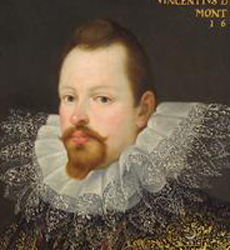
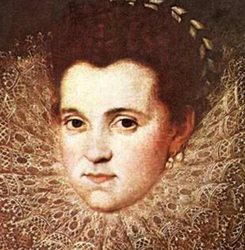
Similarly, Vincenzo (above) got off on a technicality and he went on to become Duke of Mantua and Montferrat, ruling 1587-1612, during the time Shakespeare wrote and revised Romeo and Juliet. The Gonzagas were nothing if not Shakespearean. His first wife (above) was Margherita Farnese. They were married in 1581, but it was over quickly. Margherita (his Juliet) was the daughter of the influential Spanish Hapsburg general, Alexander Farnese, Duke of Parma. As Governor of the Spanish Netherlands, it was his army that was left high and dry by the disaster of the Spanish Armada in 1588.
Vincenzo's second wife was Eleonor de' Medici of Florence (both images below). They were married in 1584. Eleonor would die in 1611 and her husband the following year.
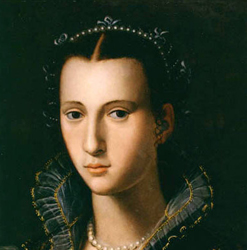
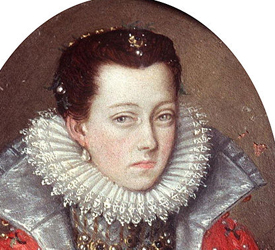
Eleonor's younger sister Maria de' Medici, by the way, would marry Henry IV of France in 1600. More on the Medicis here.
